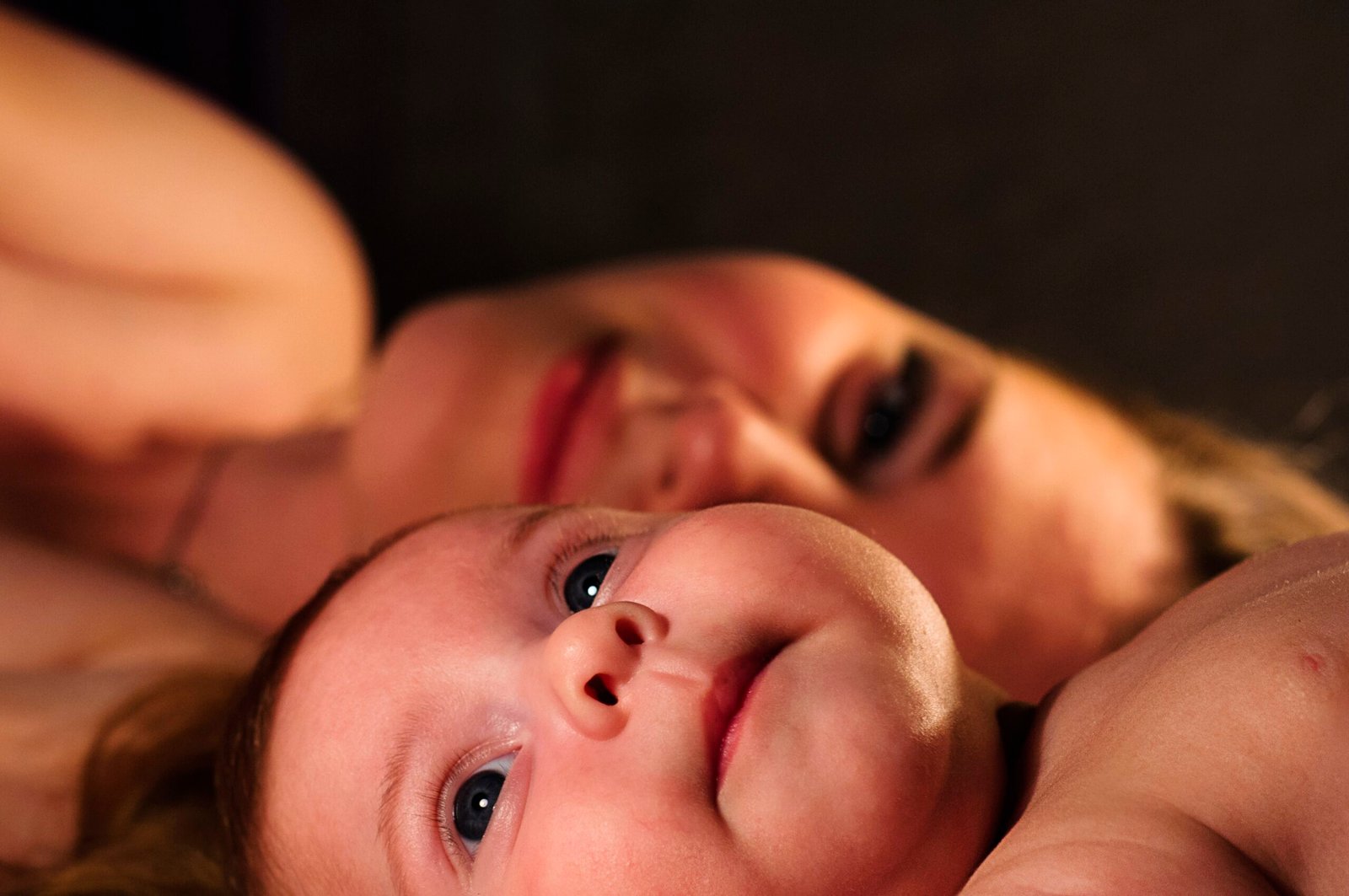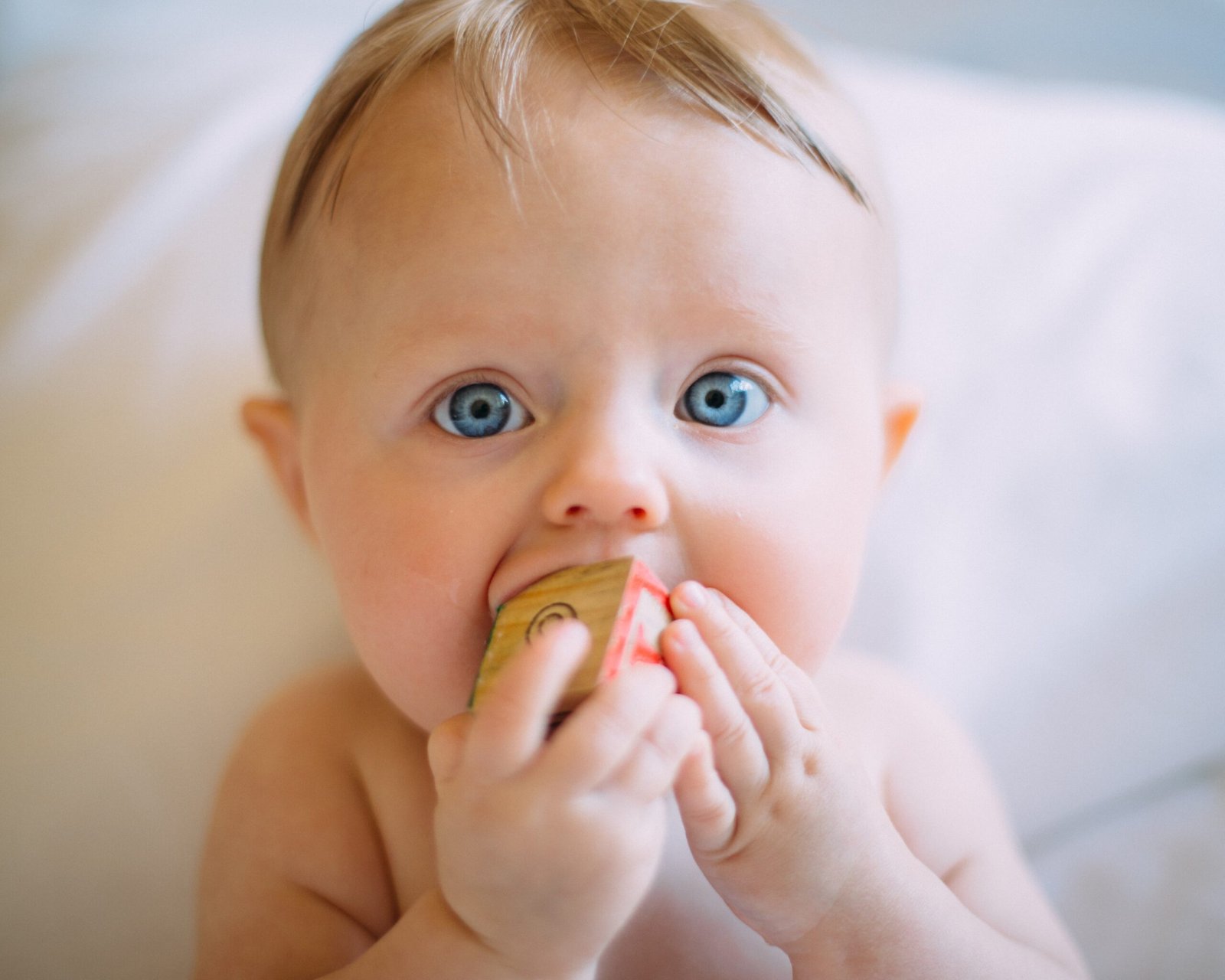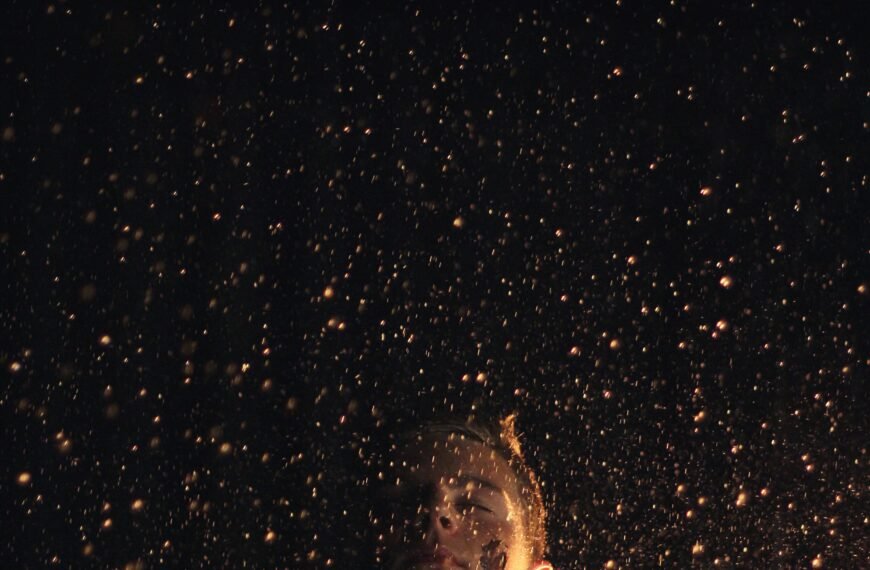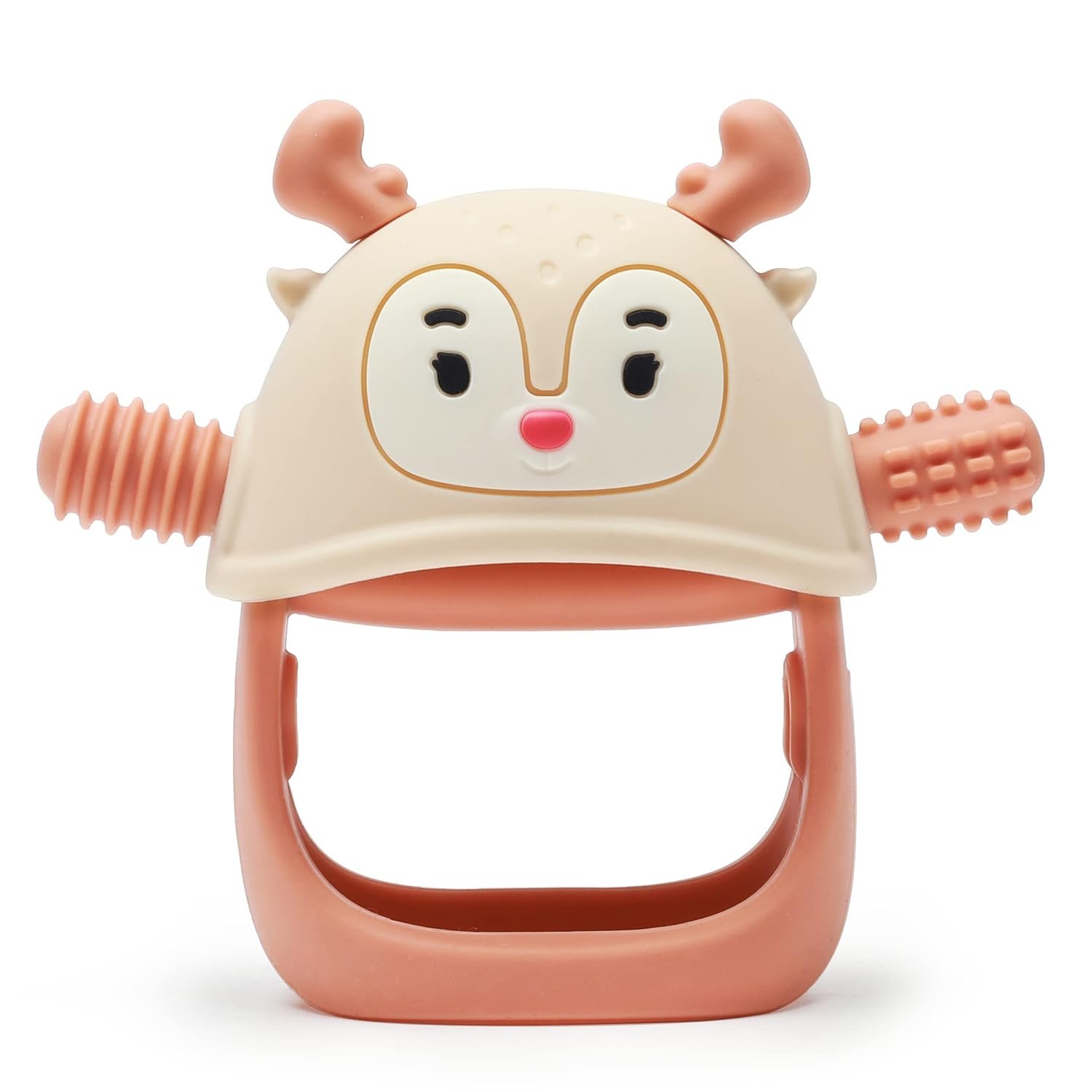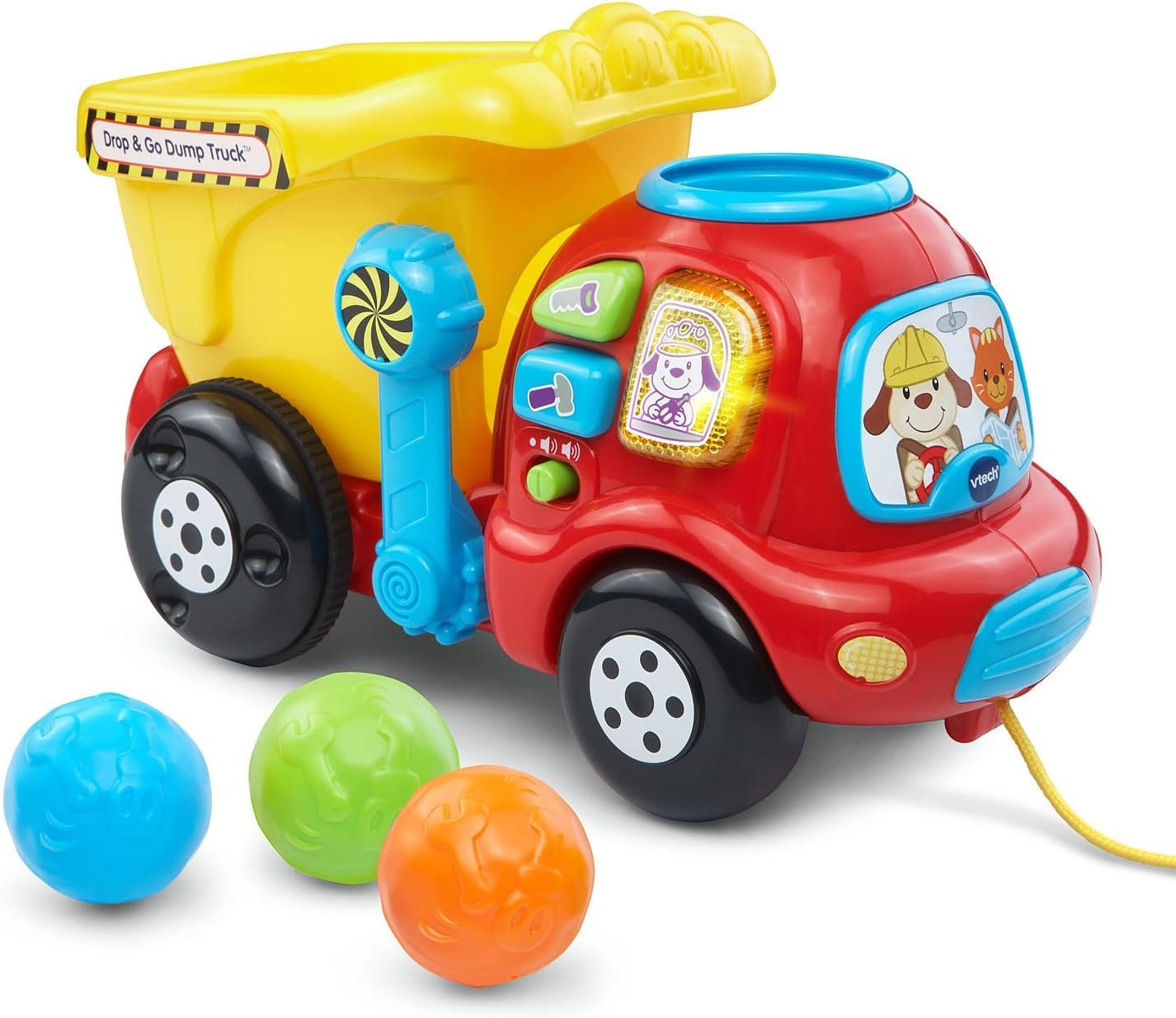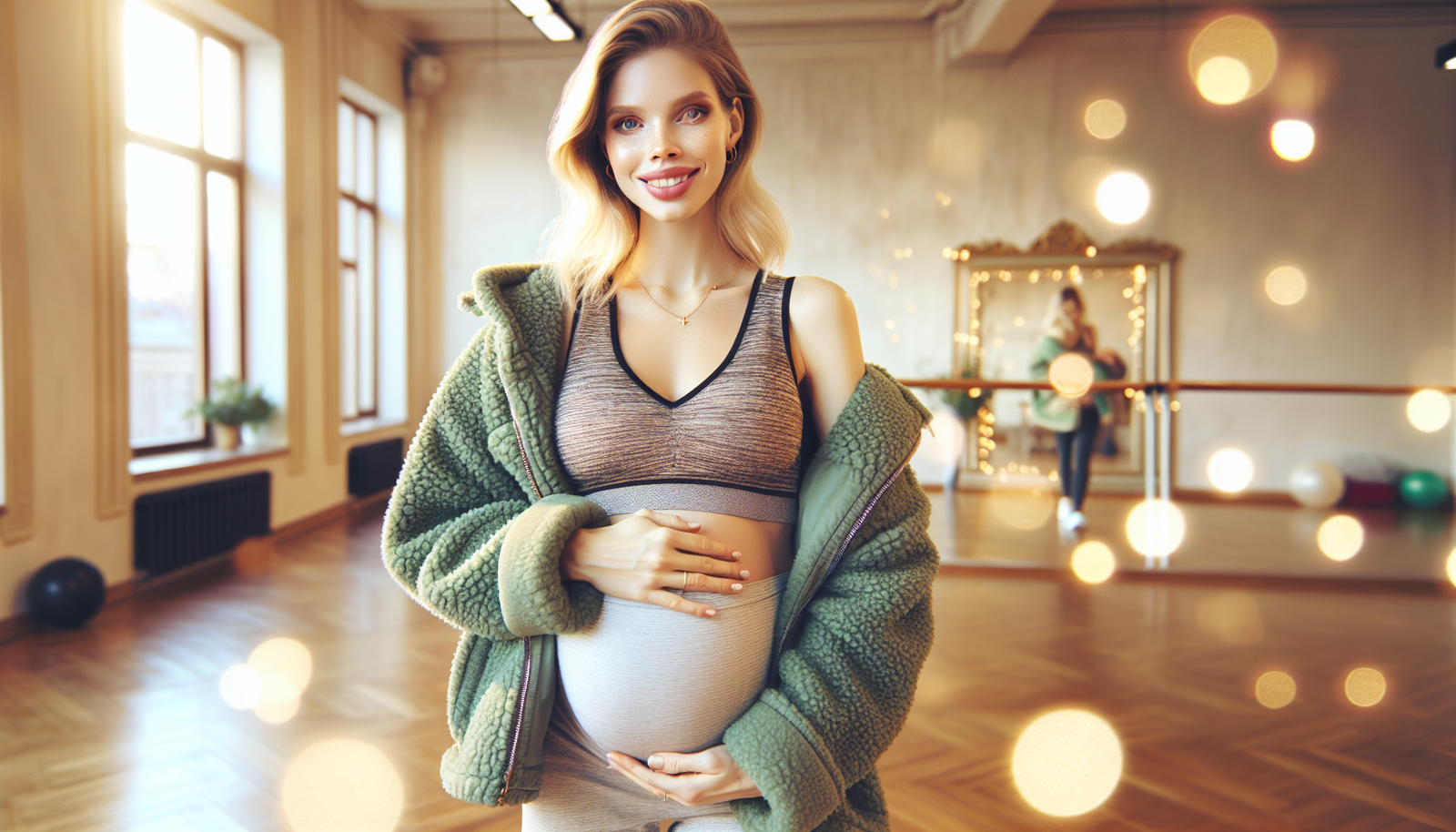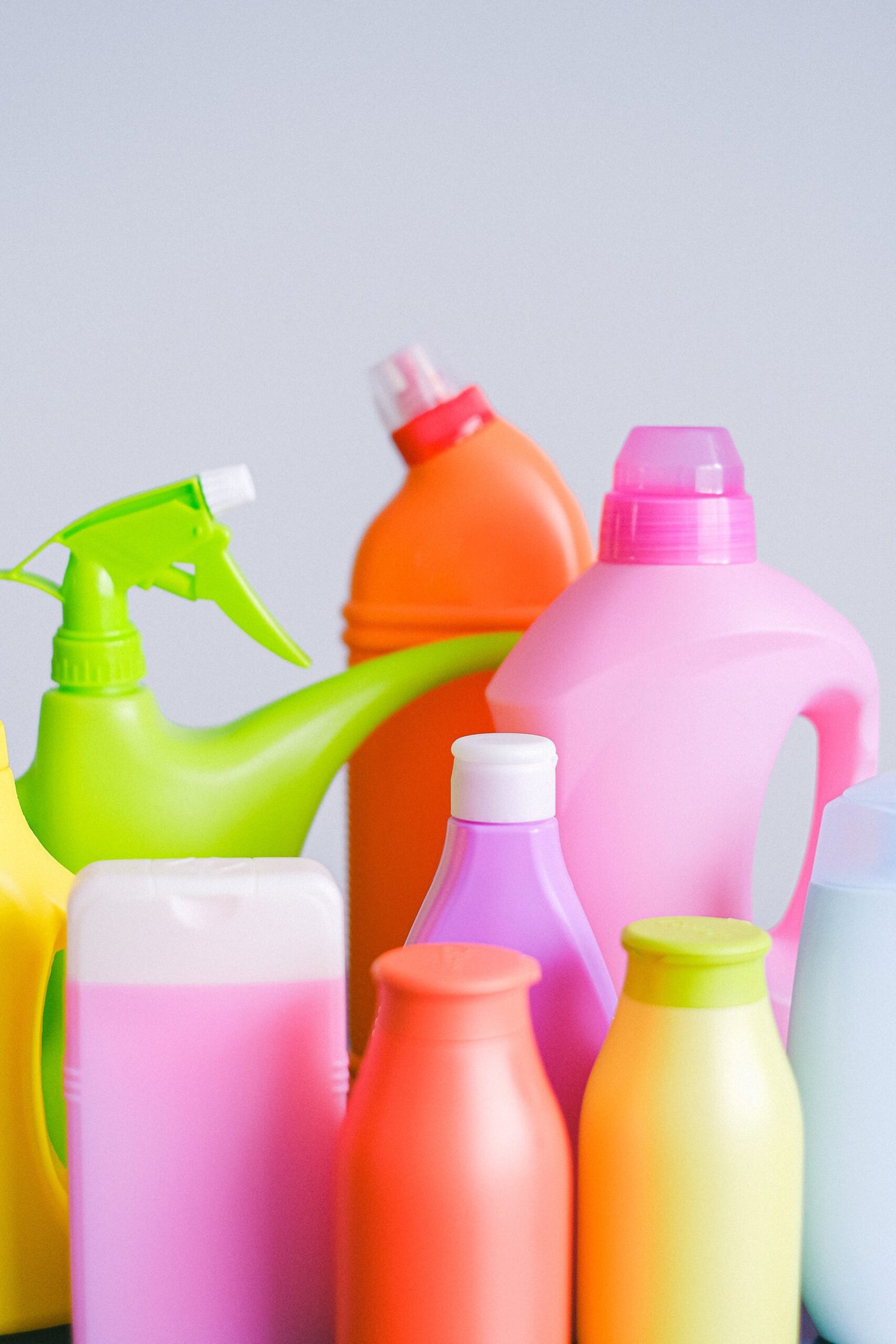“Toys that stimulate a baby’s senses” explores the important role that toys play in a baby’s sensory development during their first six months of life. This article highlights key factors to consider when choosing toys that can effectively stimulate a baby’s vision, hearing, and motor skills. For newborns, visually appealing toys with bright colors and textures are recommended, while toys that make sounds, have high-contrast patterns, or move can be beneficial for babies in their early months. As a baby grows and develops grasping skills, toys that are easily reachable and grabbable become important. Safety is paramount, with a focus on choosing toys made from non-toxic materials and without any sharp edges. Furthermore, as babies reach the age of five months, the article suggests exploring toys that babies can put in their mouths as they begin to explore through oral stimulation. Hearing from other parents about their baby’s favorite toys and features that they respond to can also be an invaluable resource.
Toys for newborns
Toys play a crucial role in developing a baby’s senses during the first six months of life. During this period, babies are constantly learning and exploring the world around them. The right toys can stimulate their vision, hearing, and motor skills, helping them develop and grow. When it comes to newborns, it’s important to choose toys that are visually appealing with bright colors and textures.
Newborns are drawn to visually stimulating toys. Toys with bright colors and different textures can captivate their attention and engage their senses. These toys help newborns begin to understand and make sense of their surroundings. The contrasting colors and various textures provide sensory input that can help stimulate their visual development.
Another important aspect of newborn toys is sound. Toys that make gentle, soothing sounds can be comforting to newborns and help them feel secure. Rattles, for example, can provide auditory stimulation and contribute to a baby’s overall sensory development. The sounds produced by these toys can capture their attention and encourage them to explore and interact with the world around them.
High-contrast patterns are also recommended for newborns. These patterns, typically in black and white or other contrasting colors, can help stimulate a baby’s developing vision. Newborns have limited vision and are most attracted to high-contrast visual stimuli. Toys with high-contrast patterns can help them focus, track objects, and begin to perceive shapes and patterns.
Toys that move are also beneficial for newborns. Mobiles, for instance, can provide visual stimulation as well as promote the development of a baby’s motor skills. As newborns spend a lot of time lying down, toys that move can grab their attention and encourage them to observe and follow the moving objects, stimulating their visual tracking abilities.
Toys for developing grasping skills
As a baby develops grasping skills, toys that can be reached for and grabbed become more important. These toys allow babies to practice their coordination and fine motor skills while also providing sensory input. Toys with different shapes and textures can further enhance their exploration and development.
Toys that can be easily reached for and grabbed are ideal for this stage of development. These toys should be lightweight and easy for baby’s small hands to grasp. Soft toys with different textures, such as textured balls or fabric blocks, can provide tactile stimulation and encourage babies to explore and manipulate objects.
Toys with different shapes and textures can also aid in the development of fine motor skills. For example, a toy with knobs or buttons can help babies practice their finger strength and dexterity. Toys with varying textures, such as soft plush parts and hard plastic parts, can provide a range of tactile experiences for babies to explore.
It’s important to choose toys that are safe and appropriate for a baby’s age and development. Toys that are too small or have small parts that can be swallowed should be avoided. Additionally, toys with sharp edges or rough surfaces should be carefully examined to ensure they won’t cause any harm to a baby.

Choosing safe and non-toxic toys
When it comes to choosing toys for babies, safety is of utmost importance. Babies explore the world around them by putting objects in their mouths, so it’s crucial to select toys made from safe and non-toxic materials.
Certain materials should be avoided when selecting toys for babies. Plastic toys made from low-quality materials may contain harmful chemicals such as phthalates or lead, which can be dangerous if ingested. It’s advisable to choose toys that are labeled as BPA-free and made from non-toxic materials.
Toys with small parts that could pose a choking hazard should also be avoided. Be sure to check the age recommendation on the toy packaging to ensure it is appropriate for your baby’s age and developmental stage. Smooth surfaces without any sharp edges or rough areas are preferable to minimize the risk of injury.
Regularly inspecting toys for any signs of wear and tear is necessary. If a toy becomes damaged or broken, it should be either repaired or replaced to ensure the baby’s safety. Keeping toys clean and free from dirt and germs is also essential. Washing toys with warm soapy water or using baby-safe disinfectant wipes can help maintain hygiene standards.
Toys for exploring with the mouth
Around five months old, babies start to explore toys by putting them in their mouth. This is a natural part of their development as they learn about different textures and shapes. Choosing toys that are safe and clean for mouthing is crucial during this stage.
Toys that are designed for mouthing should be made from materials that are safe for babies to put in their mouth. Soft, rubbery toys are a popular choice as they are easy to clean and free from harmful chemicals. Look for toys that are specifically labeled as safe for mouthing.
Different textures and shapes can add to the sensory experience of mouthing toys. Toys with bumps, ridges, or knobby surfaces can provide different sensations for babies to explore. Toys with a variety of colors and patterns can also capture a baby’s attention and engage their sense of sight.
Regularly cleaning mouthing toys is essential for maintaining hygiene. Toys that can be washed with warm soapy water are preferable, as this helps ensure that any bacteria or dirt is removed. Additionally, it’s important to regularly inspect mouthing toys for any signs of damage or wear that could pose a safety risk.

Benefits of sensory toys
Sensory toys offer a range of benefits for babies in their early development. These toys can enhance visual development, stimulate hearing abilities, and contribute to the development of motor skills. Incorporating sensory toys into a baby’s playtime can support their overall growth and learning.
Enhancing visual development is one of the key benefits of sensory toys. Toys with different colors, shapes, and patterns can stimulate a baby’s visual senses and help them develop their ability to focus, track objects, and perceive depth and distances. Sensory toys that encourage visual exploration can support a baby’s overall visual development.
Sensory toys can also contribute to stimulating a baby’s hearing abilities. Toys that make sounds, such as musical toys or rattles, can capture a baby’s attention and promote their listening skills. Listening to different sounds and tones can help develop a baby’s auditory discrimination and recognition skills.
Developing motor skills is another crucial aspect of a baby’s early development that can be supported by sensory toys. Toys that encourage reaching, grabbing, and manipulating can help babies develop their hand-eye coordination and fine motor skills. Sensory toys that require different movements, such as pushing buttons or turning knobs, can help babies refine their motor skills.
Recommended sensory toys at different ages
The choice of sensory toys for babies can vary depending on their age and developmental stage. Here are some recommendations for sensory toys at different stages of a baby’s early development:
Toys for newborns (0-3 months):
- Black and white or high-contrast patterned toys
- Soft plush toys with different textures
- Musical mobiles or toys with gentle sounds
Toys for infants (3-6 months):
- Soft sensory balls with various textures
- Teething toys with different shapes and surfaces
- Toys with bright colors and contrasting patterns
Toys for older babies (6+ months):
- Activity centers with interactive elements
- Nesting cups or stacking toys
- Musical instruments designed for babies

Popular sensory toys for babies
There are several popular sensory toys available in the market that are well-suited for babies in their early development. These toys have gained popularity due to their ability to engage and stimulate babies’ senses.
Soft sensory balls are a popular choice among parents. These balls are often made of soft and textured materials, providing babies with tactile input and encouraging them to grab, squeeze, and explore. The different textures and colors of the balls capture their attention and help develop their sensory awareness.
Sensory cloth books are another favorite among parents. These interactive books are designed with vibrant colors, various textures, and crinkly or squeaky elements. Babies can touch, feel, and explore different textures while enjoying a story or flipping through the pages. These cloth books engage their senses and foster a love for reading from an early age.
Musical toys are always a hit with babies. Toys like small pianos or musical soft toys that play gentle melodies can captivate their attention and encourage them to explore cause and effect. These toys provide auditory stimulation and can foster a love for music and rhythm in babies.
Teething toys are essential for babies who are going through the teething stage. These toys are designed to provide relief to sore gums while also stimulating the sense of touch. Teething toys with different textures and safe materials are recommended to help babies navigate this uncomfortable stage.
Sharing experiences and recommendations
Hearing from other parents about their experiences and recommendations can be valuable when selecting sensory toys for babies. Parents can gain insights into which toys their own babies respond to and enjoy the most. Getting feedback from other parents who have firsthand experience with specific toys can help in making informed decisions.
Parents can share their favorite toys and highlight the features that their babies respond to. For example, they might recommend toys that have multiple sensory elements, such as lights, sounds, and textures. They can also provide tips on how to engage babies with certain toys and suggest activities or games that can be enjoyed together.
Online forums, parenting groups, and social media platforms can be excellent resources for connecting with other parents and exchanging recommendations. Reviews and testimonials from other parents who have tried and tested various toys can provide valuable guidance when making toy selections for babies.
Toy safety guidelines
Ensuring the safety of toys is paramount when it comes to babies. Adhering to toy safety guidelines can help minimize the risk of accidents or injuries. Here are some important considerations when choosing toys for babies:
Age appropriateness
Always check the age recommendation on the toy packaging before purchase. Toys that are too advanced or have small parts that could be a choking hazard should be avoided. Selecting toys that are appropriate for a baby’s age and developmental stage can help ensure their safety.
Quality and durability
Choose toys that are made from high-quality materials and have undergone rigorous safety testing. Well-constructed toys with secure parts are less likely to break or pose a safety risk. Investing in toys that are durable can also save money in the long run, as they will withstand the wear and tear of regular play.
Cleaning and maintenance
Regularly clean and inspect toys to ensure they are safe for babies. Washing toys with warm soapy water is generally recommended, but always refer to the toy manufacturer’s instructions for specific cleaning guidelines. Additionally, promptly repair or replace any damaged toys to maintain their safety and prevent accidents.
Conclusion
Choosing the right toys for newborns and babies is crucial for their development and overall well-being. Visually appealing toys with bright colors and textures can enhance their visual development, while toys that make sounds and have high-contrast patterns can stimulate their hearing abilities. Toys that move can capture their attention and promote the development of motor skills.
As babies develop grasping skills, toys that can be reached for and grabbed become beneficial. These toys should have different shapes and textures to enhance exploration. Safety is paramount, so choosing toys made from non-toxic materials with no sharp edges is essential.
Exploring toys with the mouth is a natural part of a baby’s development. Safe and clean toys with different textures and shapes can provide an enriching sensory experience. Sensory toys offer a range of benefits, including enhancing visual development, stimulating hearing abilities, and developing motor skills.
There are a variety of sensory toys suitable for different age groups, from newborns to older babies. Soft sensory balls, sensory cloth books, musical toys, and teething toys are some popular choices. Hearing from other parents about their experiences and recommendations can provide valuable insights when selecting toys for babies.
Ensuring toy safety is important to minimize the risk of accidents or injuries. Adhering to age appropriateness, choosing toys of high quality, and regularly cleaning and maintaining toys are key considerations. By selecting safe and appropriate toys, parents can provide a nurturing environment for their babies’ growth and development.

